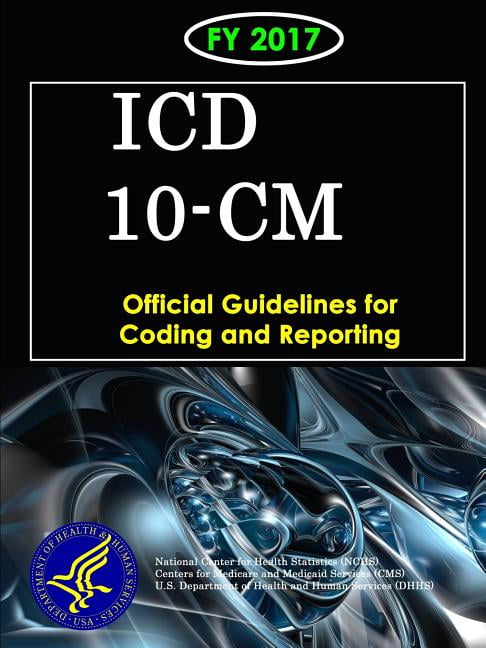


When a type 2 AMI code is described as non-ST elevation myocardial infarction (NSTEMI) or ST elevation myocardial infarction (STEMI), only code I21.A1 should be assigned. Sequencing of type 2 acute MI or the underlying cause is dependent on the circumstances of admission.

I21.A1 Myocardial infarction type 2, which describes MI due to demand ischemia or ischemic imbalance.New MI codes have been added, meaning that the physician will need to specify the type of MI for the medical coding service provider to assign the right code. Type 1 myocardial infarctions are assigned to codes I21.0-I21.4. The codes for type 1 acute myocardial infarction (AMI) identify the site, such as anterolateral wall or true posterior wall. ICD-10-CM provides codes for different types of myocardial infarction. Type 5 is an MI associated with coronary artery bypass graft (CABG).Type 4b is MI associated with in-stent thrombosis.Type 4a is an MI associated with percutaneous coronary intervention (PCI).Type 3 is MI resulting in sudden cardiac death.Type 2 MI is always caused by underlying condition or disease process. Type 2 MI is also cell death, but is secondary to ischemia on the basis of “supply-demand mismatch”, i.e., an imbalance between oxygen demand and supply (e.g., coronary spasm, anemia or hypotension).Mechanical coronary artery obstruction usually occurs due to plaque rupture or thrombotic occlusion. Type 1 MI is spontaneous myocardial necrosis caused by an anatomic blockage of blood flow for a prolonged period of time.
#Icd 10 guideliner how to#
To ensure accurate claim submission, cardiology practices and medical coding companies need to know how to use the new codes correctly. Starting October 1, 2017, ICD-10 code updates and new documentation guidelines came into effect for reporting MI. It is estimated that about 1.5 million cases of MI occur every year in the United States. Myocardial infarction (MI) or heart attack involves necrosis of heart muscle secondary to prolonged ischemia.


 0 kommentar(er)
0 kommentar(er)
